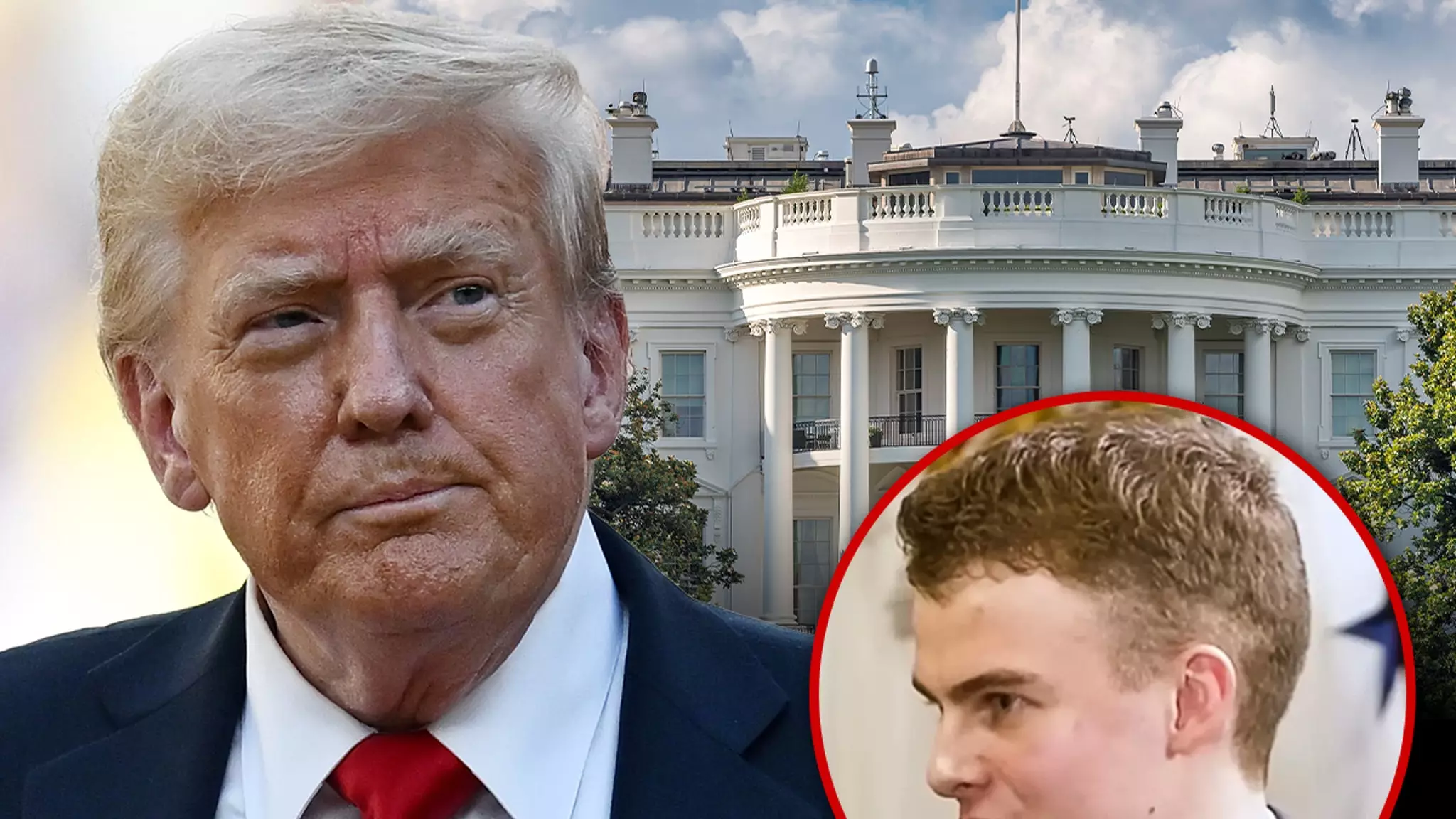In recent months, incidents involving violent youth have increasingly captured national headlines, exposing a deteriorating justice system that struggles to keep pace with the proliferation of juvenile crime. The assault involving Edward “Big Balls” Coristine, a former government employee, underscores a troubling trend: minors engaging in violent acts with little immediate consequence. Such cases do not merely reflect isolated events but symbolize a deeper societal failure—one where accountability for young offenders is diminished, leaving victims to suffer in silence. A system that softens its stance on juvenile offenders risks fostering a culture of impunity, potentially emboldening more minors to indulge in acts of aggression without fearing repercussions. It is critical for policymakers to recognize that at a certain point, age cannot be an excuse for violence, and laws must adapt to ensure justice prevails regardless of the perpetrator’s youth.
Leadership’s Role in Shaping a Safer Future
The national response, particularly from influential figures like Donald Trump, reveals the urgency of addressing this crisis. Trump’s outspoken call to federalize D.C., coupled with his insistence on re-evaluating juvenile prosecution laws, highlights a potent political movement that aims to restore order. It is undeniable that leadership plays a vital role in setting the tone for societal priorities. When authorities appear passive or soft on crime, it signals a retreat from fundamental principles of justice and public safety. Implementing measures such as prosecuting minors as adults from age 14 and increasing law enforcement resources are contentious yet necessary steps to curb ongoing violence. While critics argue that harsher laws could lead to over-incarceration, the overarching goal must be safeguarding innocent lives and creating deterrents strong enough to prevent future violent episodes.
Addressing the Root Causes and Building Resilience
Beyond legal reforms, the core challenge lies in addressing the socio-economic factors fueling juvenile violence. Poverty, lack of education, family instability, and community disinvestment are fertile ground for youth to fall into destructive behaviors. Effective strategies must encompass rehabilitative programs, mental health support, and community engagement to build resilience among vulnerable populations. Simply escalating punitive measures risks neglecting these root causes; instead, a holistic approach that combines strict enforcement with compassionate intervention can produce more sustainable results. Societies that invest in preventative measures—such as youth mentorship, education, and job creation—lay the groundwork for a future where violence is the exception, not the norm.
The Need for Justice and the Preservation of Society’s Integrity
History demonstrates that allowing violent minors to escape meaningful consequences ultimately erodes the fabric of societal trust. Victims deserve justice, and communities deserve assurances that their safety is a priority. It is only through decisive action—be it reforming juvenile laws, increasing law enforcement, or fostering social support networks—that a balanced, just society can emerge. Shaping policies that hold young offenders accountable not only deters future crimes but also affirms a collective commitment to justice and societal stability. Failure to act decisively risks normalization of violence, which could have devastating consequences for generations to come. It is time for leaders and citizens alike to confront this challenge head-on, refusing to retreat into complacency and demanding a transformation in how society addresses youth violence.

